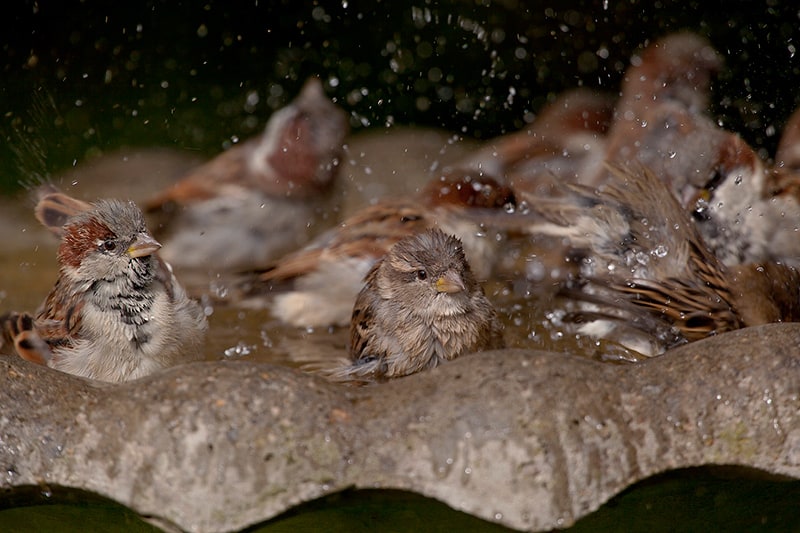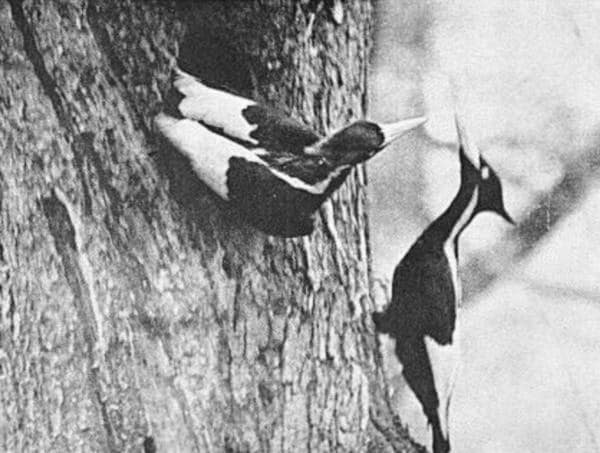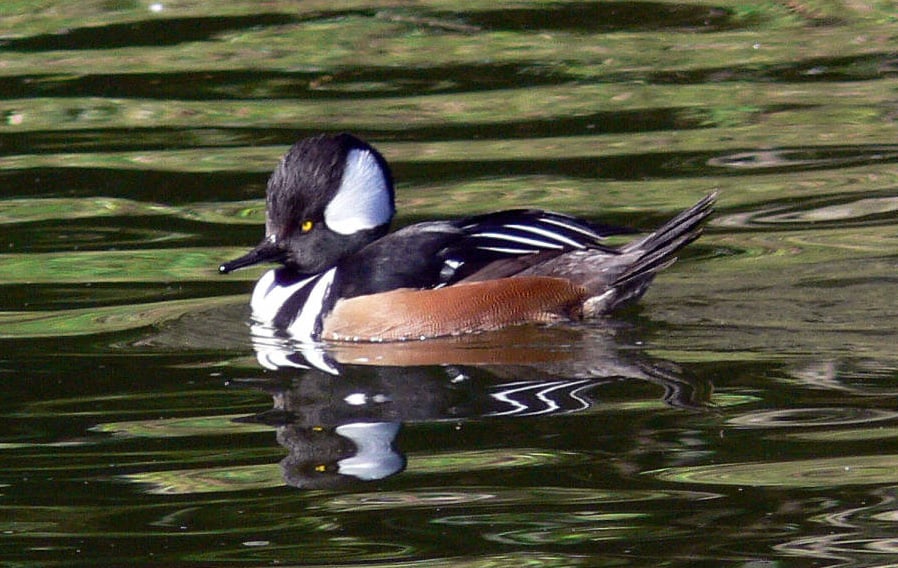Easy Drippers
We know that water in motion attracts birds, and I’ve discovered an inexpensive, easy way to add a dripper to my birdbath. I’ve used it for some time now with considerable success. My dripper is made from a plastic one-gallon milk container with a really small hole punched in it about 1-1/2 inch from the bottom (to avoid its being clogged by debris).
The size of the hole is of course critical, and it’s best to start out with a tiny one and enlarge it as necessary. I suspend it from a tree branch above the birdbath and let it drip. One could also use a metal pole, like those used to support hanging plant baskets, to suspend the dripper. Being rather small, this dripper must be refilled daily.
I’ve also made a dripper from a five-gallon container, with a spigot bought from an outdoor supplier. This one rests on a stool and drips into a shallow pan on the ground, and it lasts a week between fillings. I cover it with a wet towel to keep the water cool on hot days. Another advantage of having a dripper is that it helps keep water fresh in the birdbath to avoid algae growth.
—Denis Dunlop, Columbus, North Carolina
Small Birds Only
As an easy, innovative birdbath I get good mileage from two ordinary tuna tins hanging in my backyard. I’ve punched three holes around the rim to run wire through and suspended them from tree branches. Chickadees, titmice, house finches, and goldfinches are at them all day, with no competition from the bigger birds that can’t use them!
—A. Boyd Sharp, Knoxville, Tennessee
For the Birds
- Keep your birdbaths clean. Rinse birdbaths, ideally with a hose, and change the water frequently, daily in hot weather. Scrub birdbaths with a solution of one part bleach to nine parts water when they begin to appear scummy, or about every 10 days to two weeks, to prevent algae growth. Be sure to rinse them thoroughly before refilling.
- Place birdbaths close enough to plants and trees to provide shelter for the birds, but far enough away that droppings and leaves won’t fall into the water.
- Add a dripper or recirculating pump. Moving water, caused by a mister or dripping hose system is irresistible to birds and will help to keep the water in your birdbath fresh.
- Birds need water in winter, too. Clean feathers are warm feathers. Typical urban sources of water in winter include snowmelt puddles in the street and roof gutters. Whether it’s in a garden water feature or a simple birdbath, keep water unfrozen any of these ways:
- A water pump that circulates the water
- An air pump that vigorously aerates the water
- A submersible water heater
- If you choose a submersible heater, use only a model with a thermostat that will turn the heater off when the water heats up sufficiently. They cost more but are much cheaper and far safer to operate. Make sure you plug your heater into a grounded outdoor plug with a ground fault circuit interrupter to avoid electric shock.
- Avoid metal birdbath components to prevent wet feathers and toes from freezing to them.




